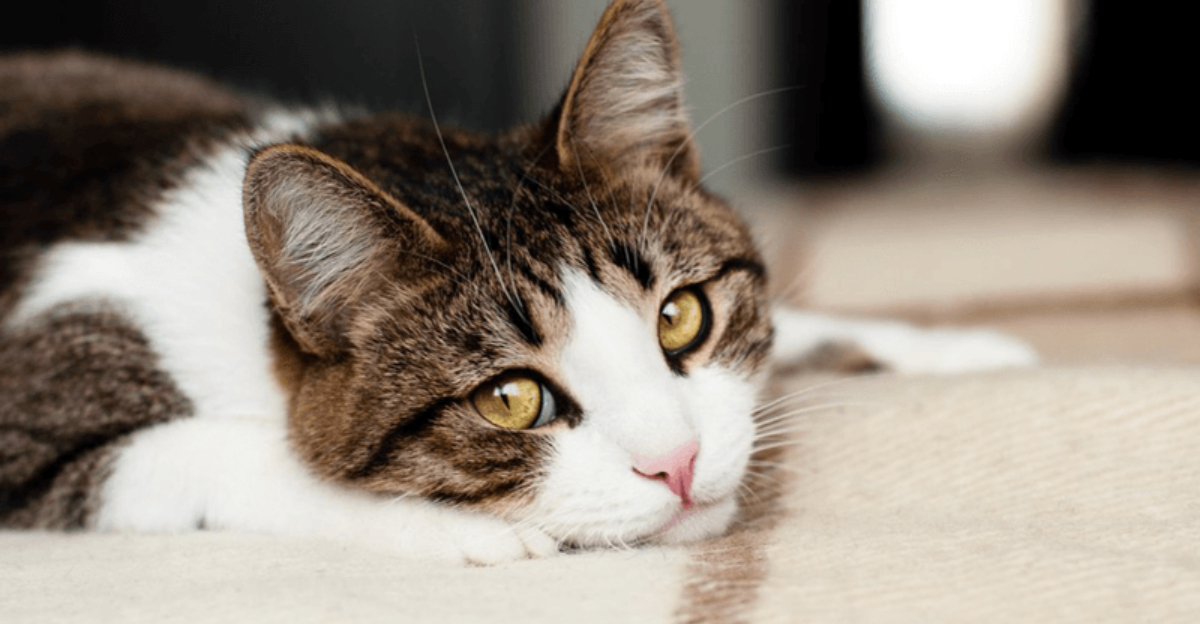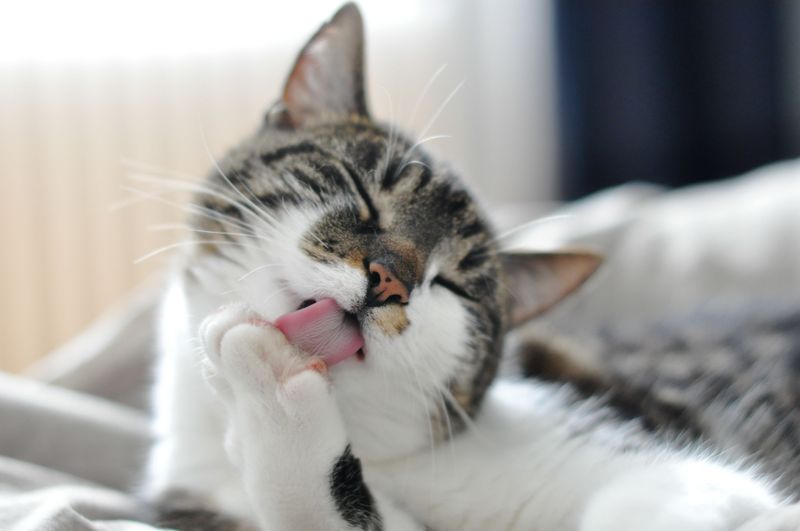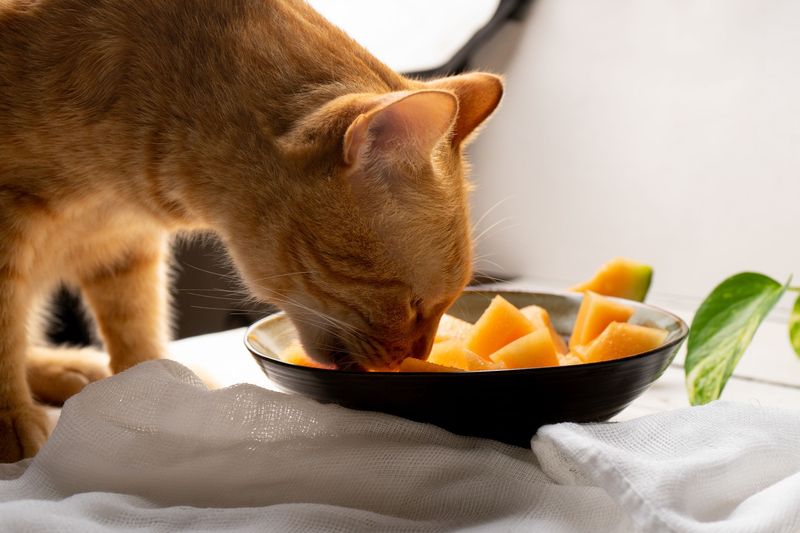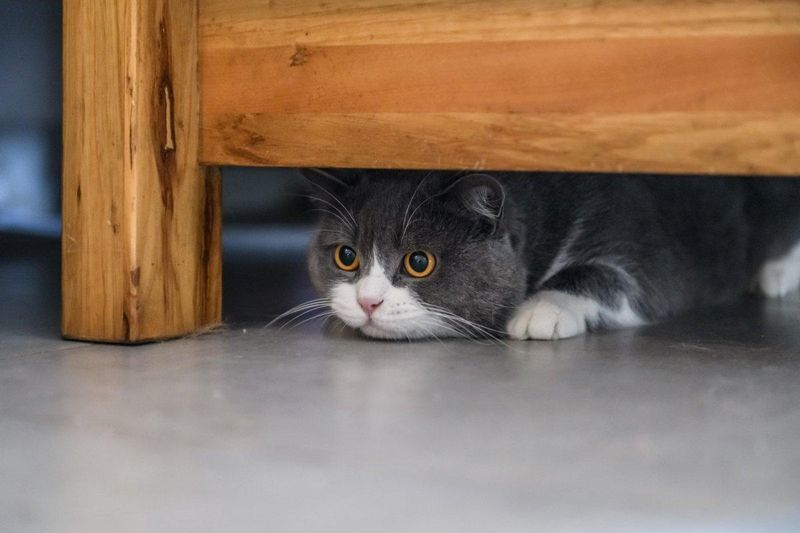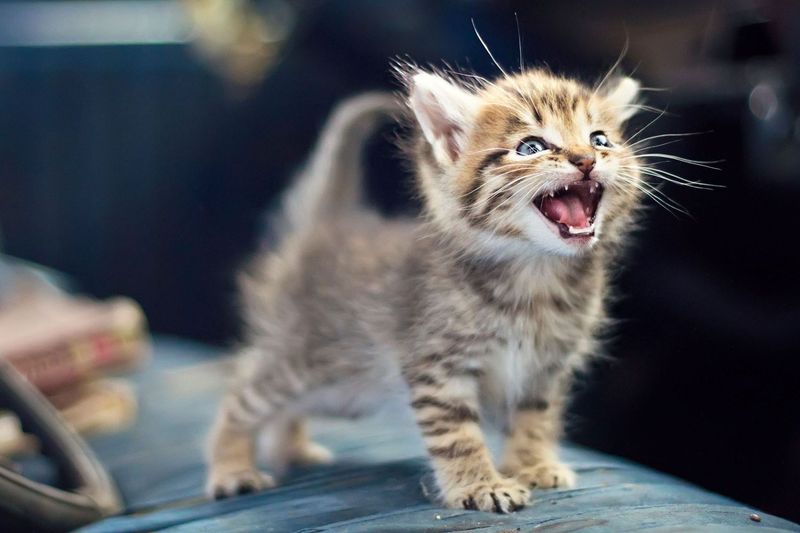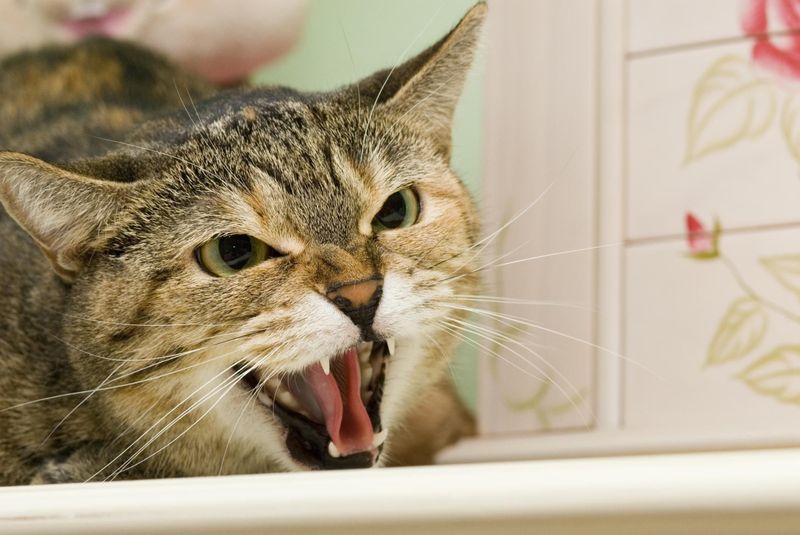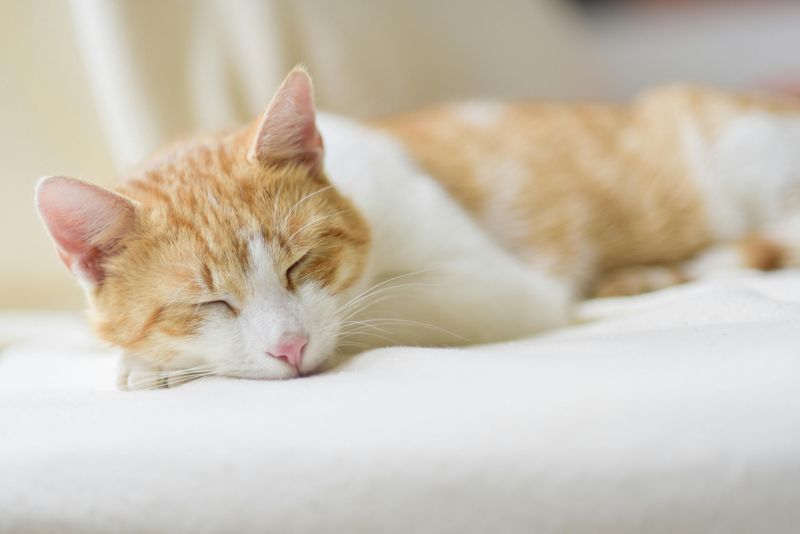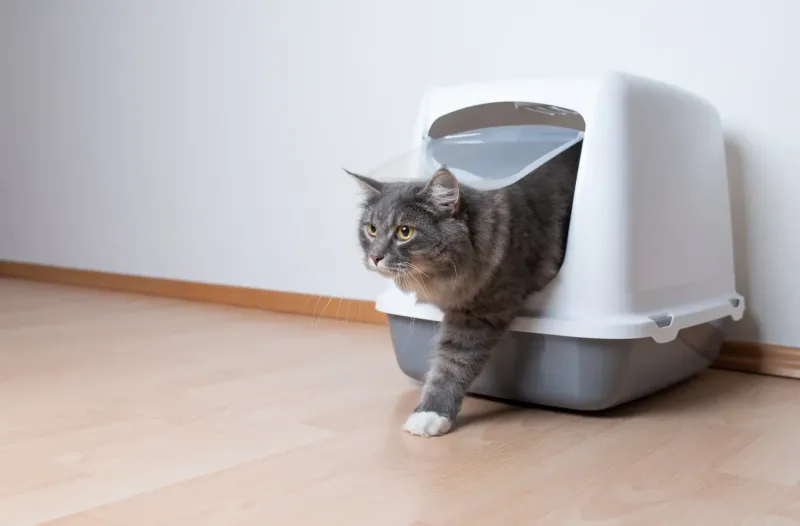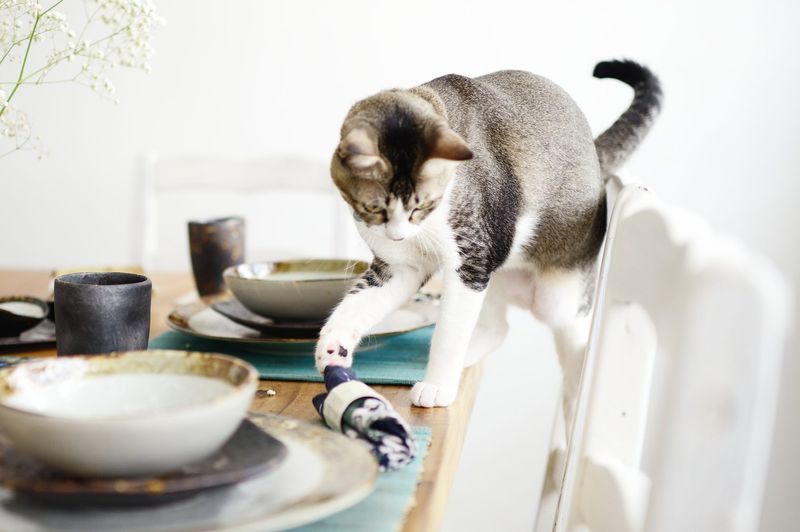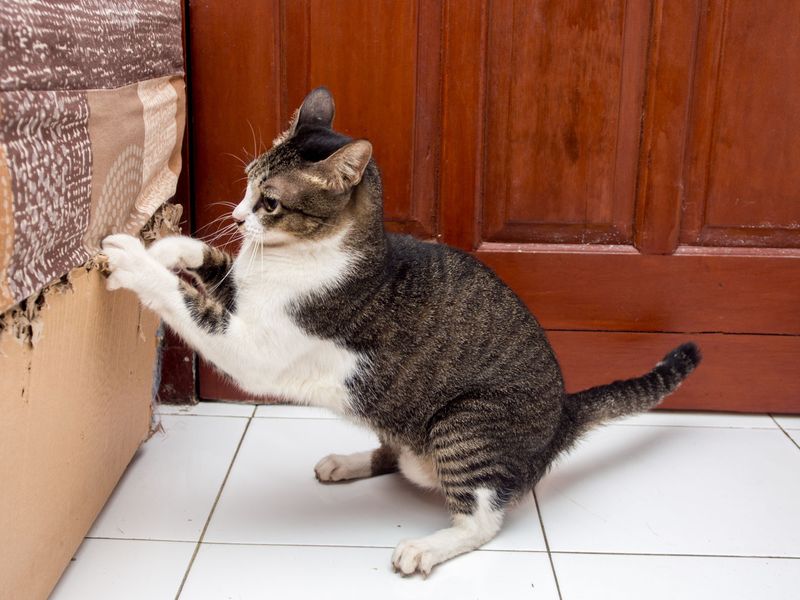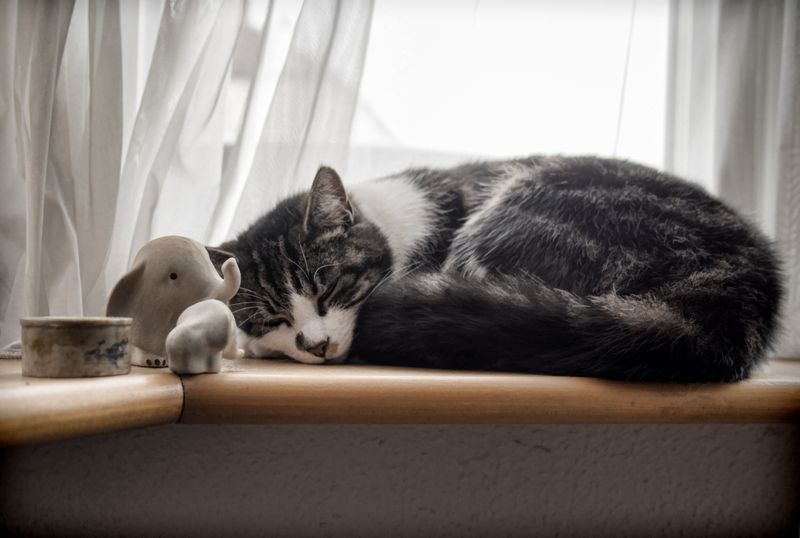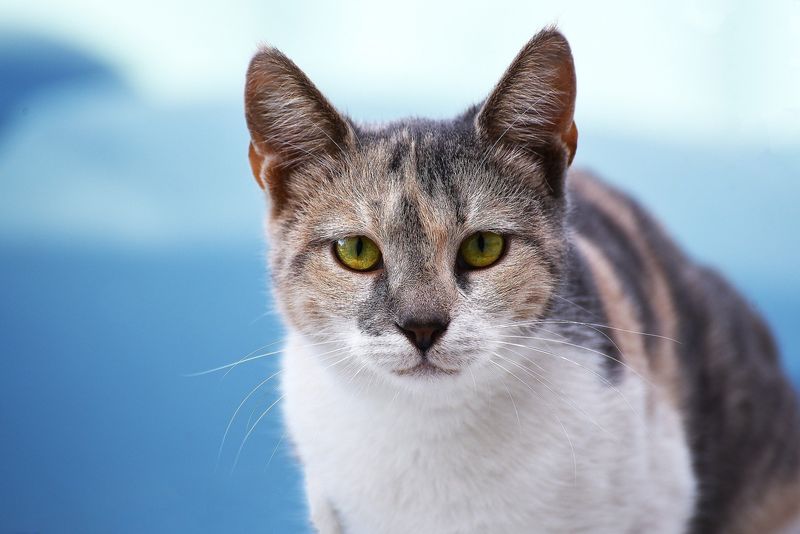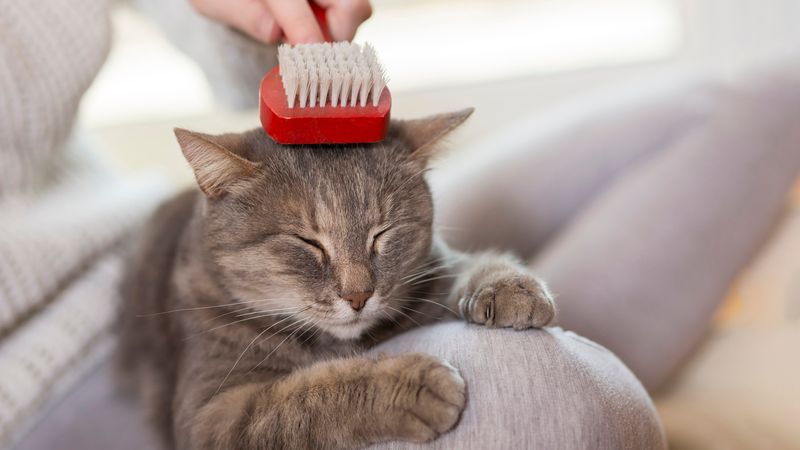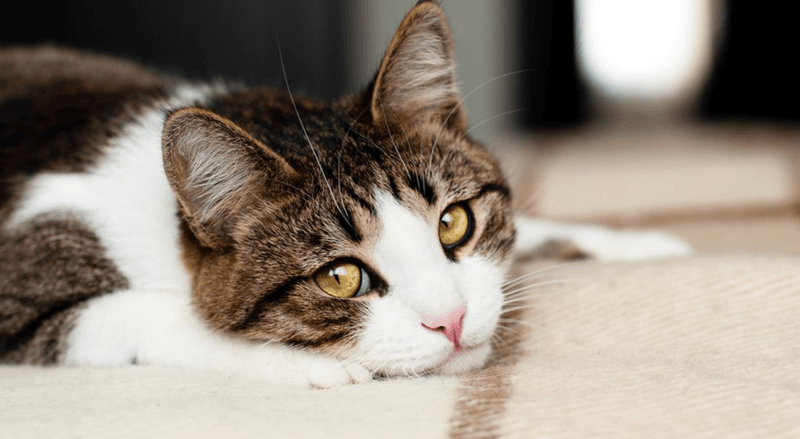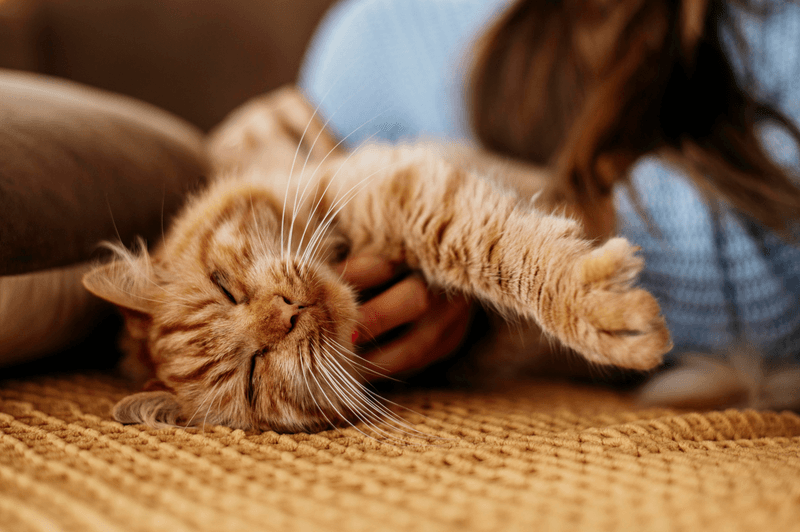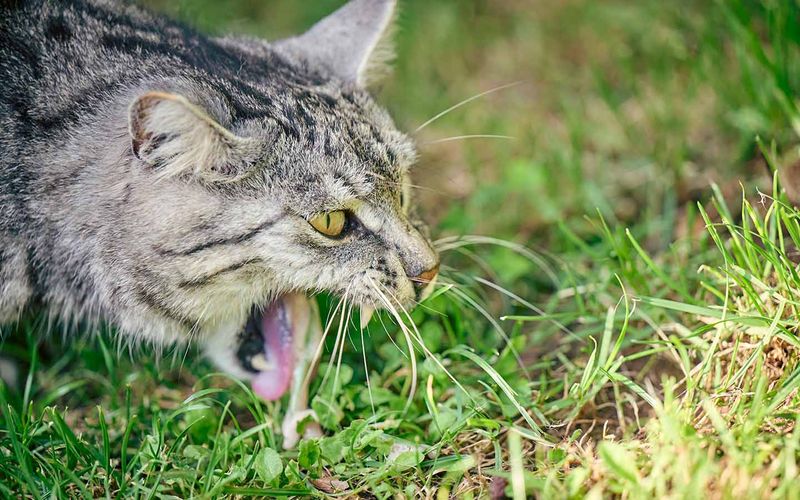📖 Table of Content:
- 1. Excessive Grooming
- 2. Changes in Appetite
- 3. Hiding More Than Usual
- 4. Vocalization Changes
- 5. Aggressive Behavior
- 6. Excessive Sleeping
- 7. Change in Litter Box Habits
- 8. Destructive Behavior
- 9. Increased Scratching
- 10. Pacing or Restlessness
- 11. Changes in Eye Appearance
- 12. Excessive Shedding
- 13. Loss of Interest in Play
- 14. Clinginess or Withdrawal
- 15. Frequent Vomiting or Hairballs
Cats, much like humans, can experience stress, but their reactions are often more subtle and harder to detect. The signs may be easily overlooked, especially since cats tend to hide discomfort. However, recognizing these cues is essential for maintaining their health and happiness.
Stress in cats can manifest in many ways, from changes in behavior to physical symptoms. Identifying these signs early helps address any underlying issues before they worsen. Being proactive about stress management can make a significant difference in a cat’s overall well-being.
Understanding your cat’s emotional state is key to ensuring a harmonious environment. By paying attention to their stress signals, owners can provide the necessary care and comfort. Here are 15 signs to keep an eye out for, helping maintain a calm and healthy life for your feline companion.
1. Excessive Grooming
When a cat begins to groom excessively, it’s often a sign of stress. This behavior may lead to bald spots or skin irritations. Cats groom to soothe themselves, and increased grooming indicates they’re trying to manage anxiety or discomfort.
Pay attention to areas where grooming is more intense, like the belly or legs. If you notice patches of thinning fur or redness, it’s time to consider possible stressors. Addressing changes in the environment or routine can help. Consulting your vet can also provide insights into underlying health issues linked to stress.
2. Changes in Appetite
A stressed cat might exhibit changes in eating habits. Some cats may eat less, losing interest in their meals altogether. Others might overeat, seeking comfort in food.
Observe your cat’s eating patterns carefully. A sudden lack of appetite can be worrying and might indicate stress or illness. Alternatively, continual requests for food can signal stress-related eating. Patience and monitoring are key. Offering a quiet feeding area and maintaining a consistent feeding schedule can help reduce stress and encourage normal eating behaviors.
3. Hiding More Than Usual
An increase in hiding is a common stress indicator in cats. While some hiding is natural, excessive seclusion suggests your cat might be feeling overwhelmed.
Check under beds, in closets, or behind furniture where your cat might seek refuge. If your social cat suddenly becomes elusive, consider recent changes or disturbances in their environment. Providing safe, quiet spaces around your home can help your cat feel more secure. Gradual reintroduction to social spaces and encouraging play can assist in reducing their stress levels.
4. Vocalization Changes
Changes in your cat’s vocal patterns can be a signal of stress. If your usually quiet cat starts vocalizing more, or if their meows become more urgent, stress might be the cause.
Take note of when and where these vocalizations occur. Loud meows near windows might indicate outdoor stressors, like other animals. Keep a log of any significant changes and try to identify potential triggers. Reducing noise, maintaining a calm environment, and offering attention can help alleviate stress-induced vocalizations.
5. Aggressive Behavior
Stress often manifests in aggression. If your cat exhibits uncharacteristic hissing, swatting, or biting, they might feel threatened or anxious.
Observe interactions with other pets or family members. Identify and eliminate possible stressors, like new pets or frequent visitors. Offering separate spaces and toys can help manage feelings of territorial intrusion. A calm, patient approach to your cat’s behavior can help reduce aggressive tendencies. Consulting an animal behaviorist can also provide additional strategies.
6. Excessive Sleeping
While cats love to sleep, excessive sleep can indicate stress. A stressed cat might use sleep as an escape, withdrawing from their usual activities.
Note changes in sleep patterns or locations. If your cat is sleeping more but seems restless or agitated, stress might be the root cause. Creating a calm, comfortable sleeping area can help. Encourage gentle play and interaction during their active hours to keep the stress at bay. If concerns persist, a vet visit can rule out underlying health issues.
7. Change in Litter Box Habits
When cats are stressed, their litter box habits may change, including urinating outside the box or visiting more often with minimal results.
Ensure the litter box is clean and in a quiet, accessible location. Changes in routine, such as new visitors or renovations, can cause litter box aversion. Monitor for any physical discomfort when using the box, as stress might lead to urinary tract issues. Offering multiple boxes in different locations can alleviate stress-related litter box problems.
8. Destructive Behavior
Scratching furniture, tipping over objects, and chewing on cords are behaviors cats may exhibit when stressed. Identify triggers such as boredom, lack of stimulation, or environmental changes. Providing scratching posts, interactive toys, and plenty of playtime can redirect their energy positively.
A consistent routine and environment can help. If destruction continues, consult with a veterinarian to rule out medical issues contributing to stress.
9. Increased Scratching
Although scratching is a typical behavior, heightened scratching can signal your cat is stressed. It serves as both a territorial marker and a way to relieve stress. Observe whether your cat scratches more frequently or in places they usually avoid.
Stress might be driving this behavior. Introduce additional scratching posts and pads around your home. Regular play and attention can also help dissipate stress. Reinforce positive scratching behavior with treats and praise. If needed, cover furniture with protective materials to deter unwanted scratching.
10. Pacing or Restlessness
Ever notice your cat endlessly pacing or unable to relax? It could be a sign that stress is taking its toll. Watch for signs of restlessness, like circling the house or constant movement, and pay attention to changes in the environment that might be adding to their anxiety.
Offering a quiet, secluded place can provide a sense of security. Gentle play and interactive toys can help channel energy and reduce restlessness. Gradual exposure to new stimuli can also assist in easing anxiety.
11. Changes in Eye Appearance
The appearance of your cat’s eyes can provide insight into its emotional health. Dilated pupils or a wide-eyed stare can often signal feelings of stress or fear. Observe your cat’s eyes in different situations, and see if any changes match particular stress triggers in their environment.
Creating a peaceful environment with familiar objects can help soothe their nerves. Regular vet check-ups ensure there’s no underlying health condition contributing to eye-related stress symptoms.
12. Excessive Shedding
Increased shedding in cats is a common sign of stress, often triggered by hormonal changes from anxiety. Watch for any sudden spikes in hair loss. Consistent grooming will help control shedding and allow you to spot any skin-related problems early.
Evaluate potential stressors like recent changes in environment or routine. Providing a calm, stable home environment can help minimize stress-induced shedding. If excessive shedding persists, consult with a veterinarian to rule out underlying health concerns.
13. Loss of Interest in Play
Cats thrive on play, and a sudden loss of interest can indicate stress. Engage your cat with interactive toys or games they usually love.
Note if they’re ignoring toys or seem disinterested in usual playtime activities. Stress might make them less playful. Offering new toys or activities can reignite their interest. Creating a playful environment with variety keeps stress levels down. If your cat continues to avoid play, a vet can help determine if health issues are a factor.
14. Clinginess or Withdrawal
The way a cat interacts with its surroundings can shift dramatically when they’re stressed. Some cats will start following you around, desperate for reassurance, while others may become reclusive, avoiding contact altogether.
Identify shifts in your cat’s social habits. Clinginess or withdrawal can signal stress due to changes in the household or routine. Providing a consistent and comforting environment helps. Gradual reintroduction to social situations and maintaining regular routines can encourage balance. If these behaviors persist, consulting a professional can offer guidance.
15. Frequent Vomiting or Hairballs
When a cat is stressed, it may vomit more frequently or produce more hairballs, often due to stress from grooming or changes in diet. Monitor these occurrences and be aware if they become more common. Consider environmental or dietary changes that might be contributing to their stress.
Regular grooming helps manage hairballs. Offering a diet rich in fiber can assist in reducing hairball formation. Consulting a vet ensures underlying health issues are addressed, providing a path to relieve stress-related digestive problems.
